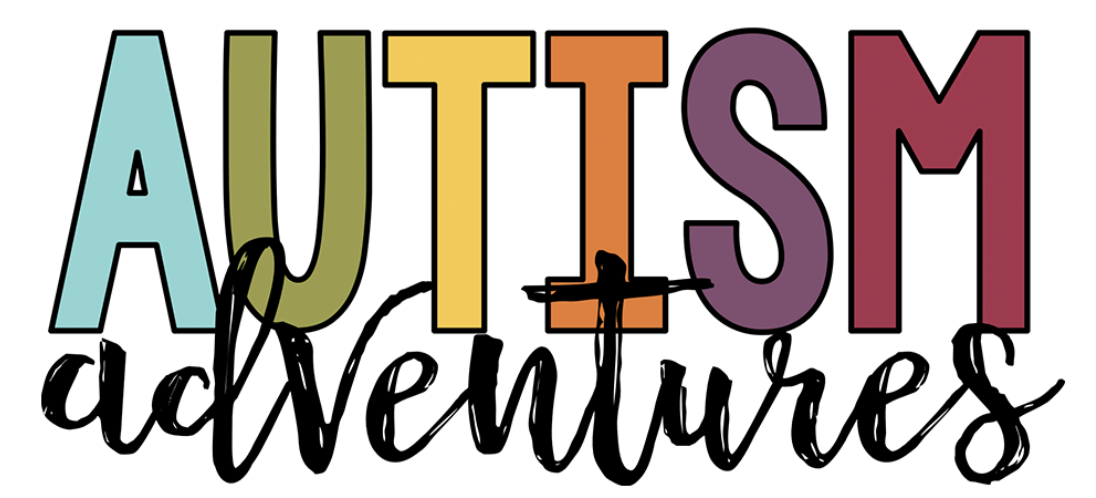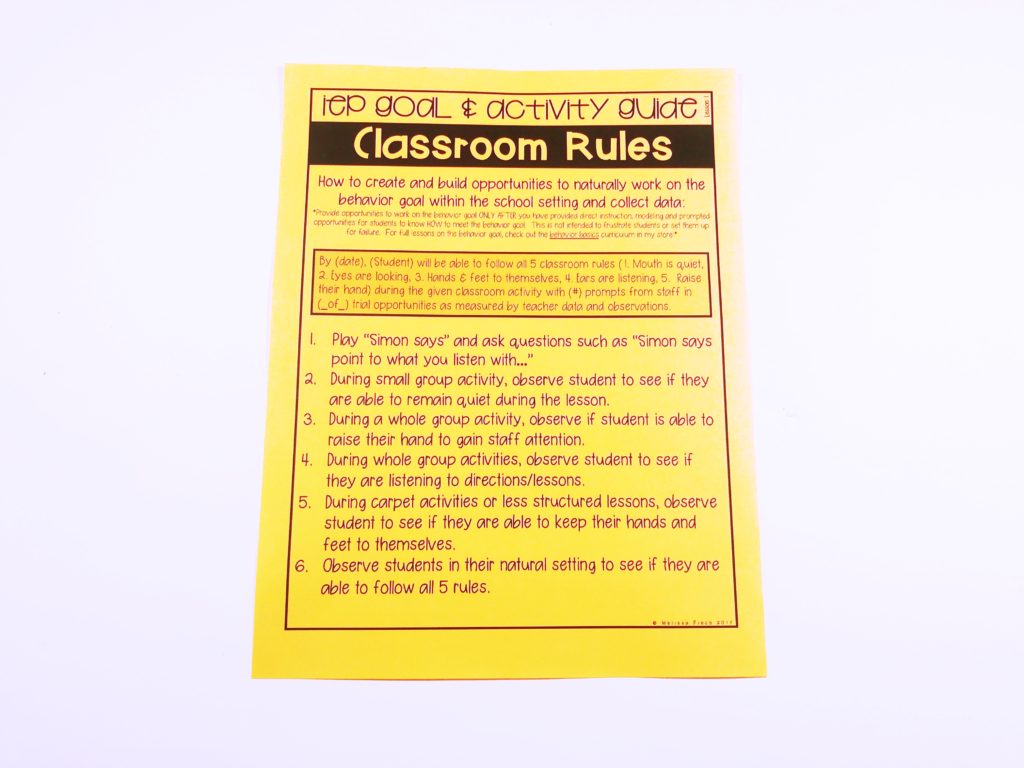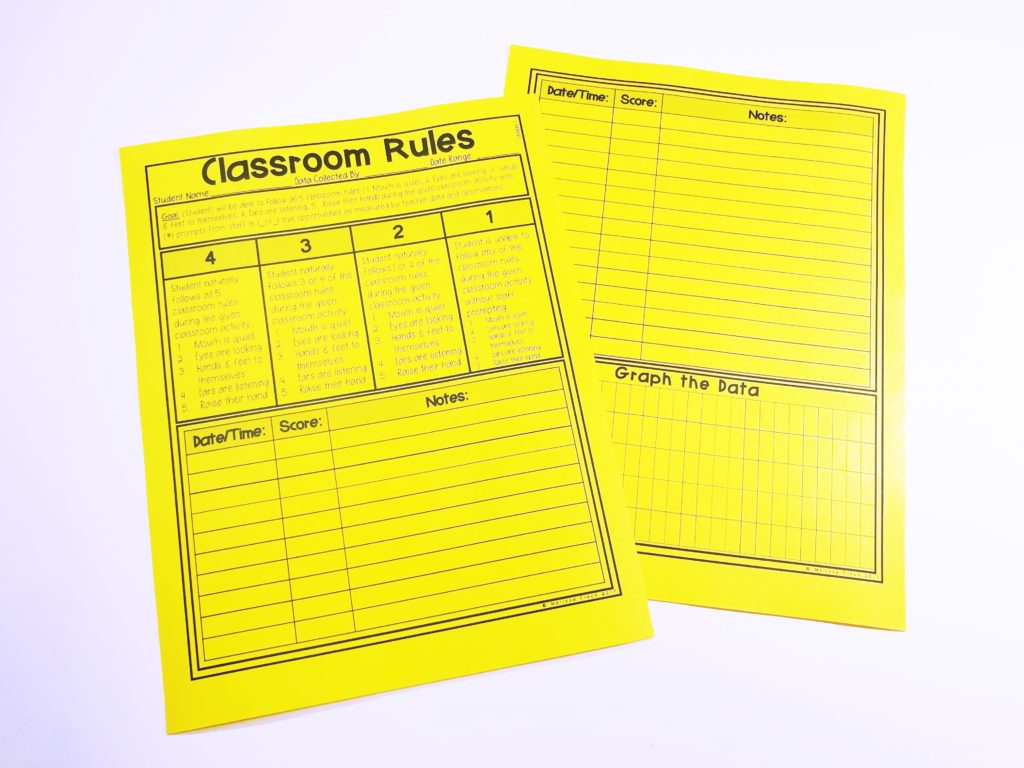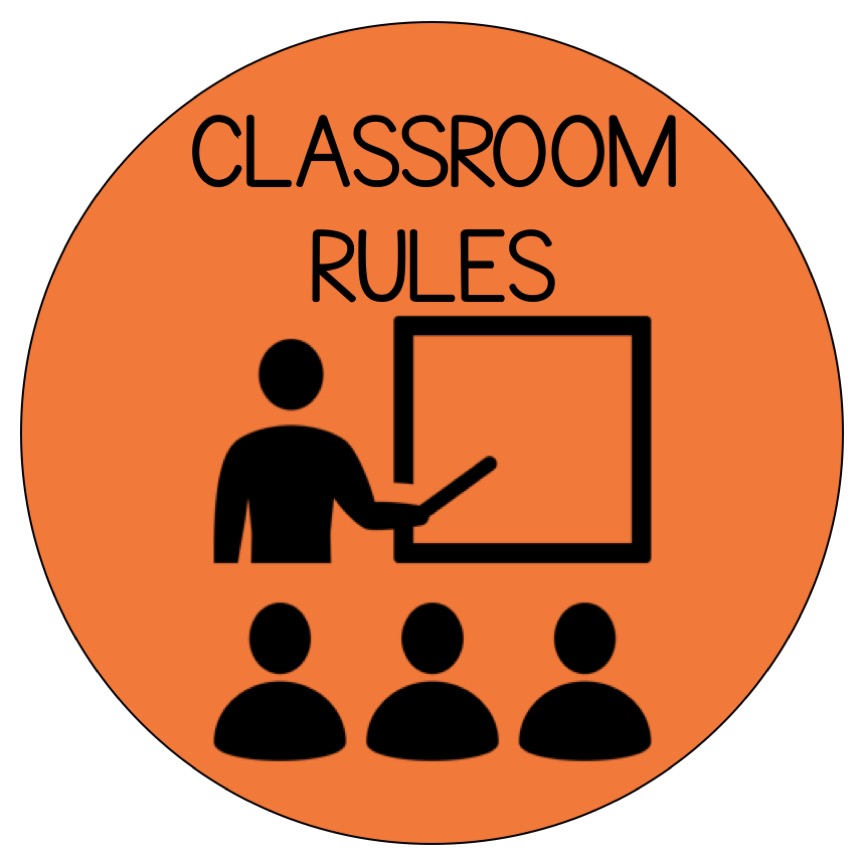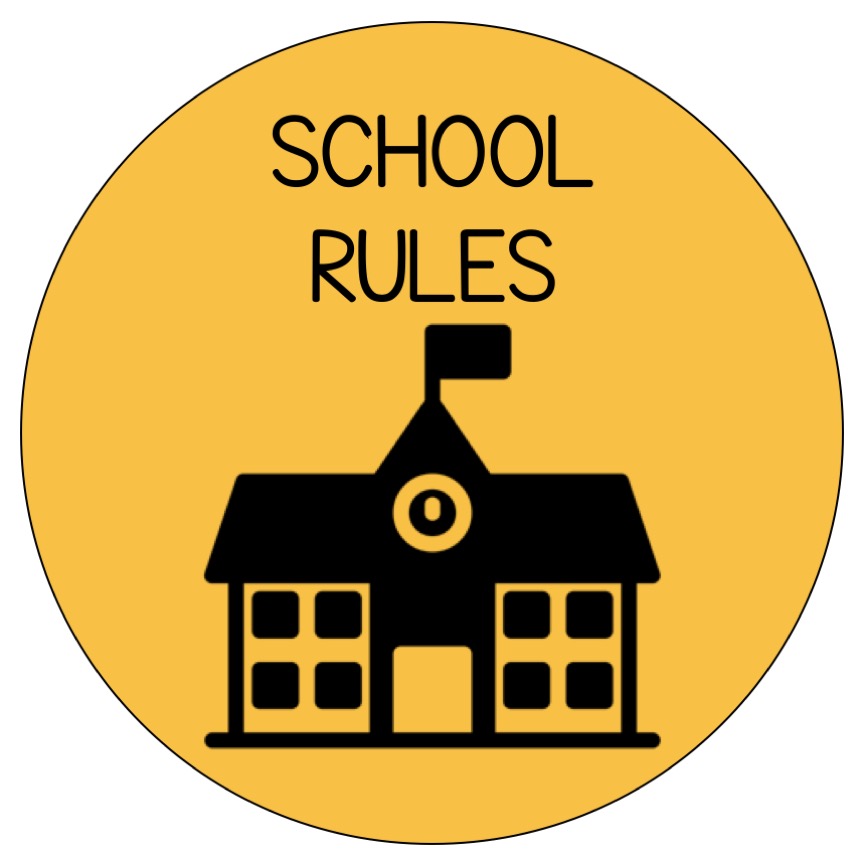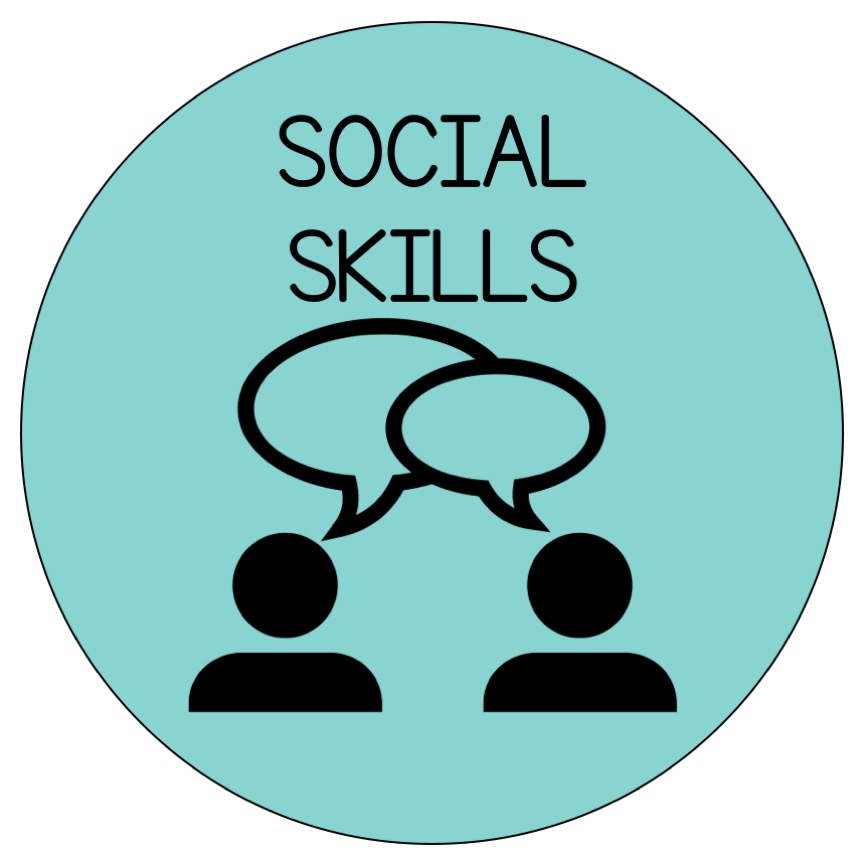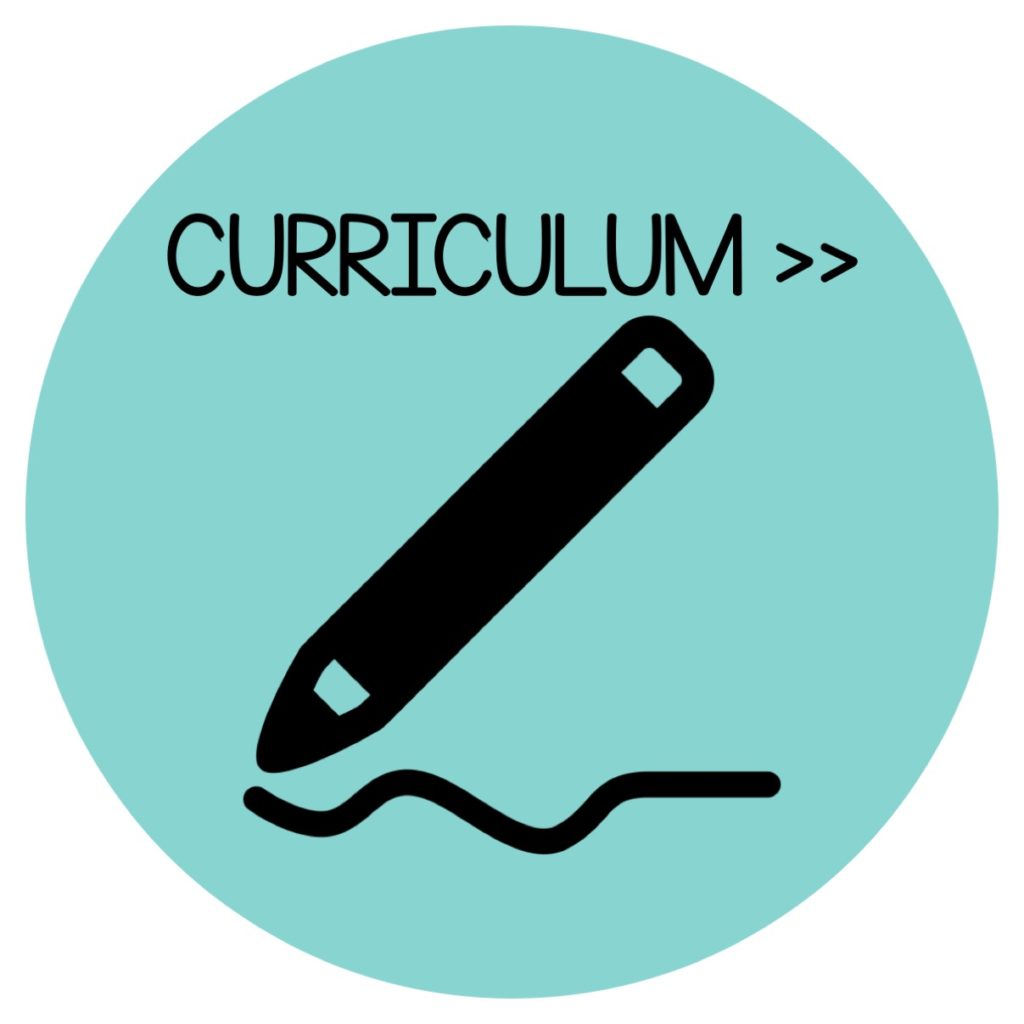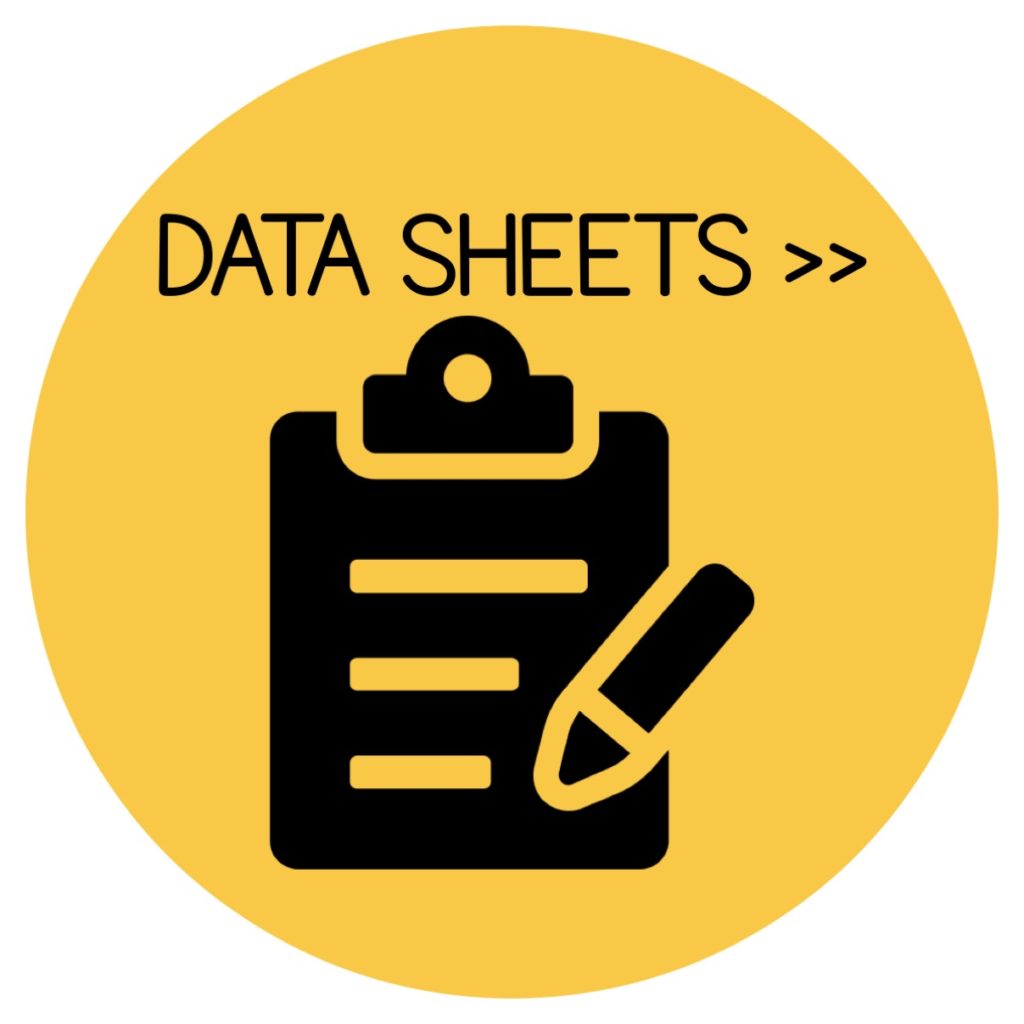Behavior Basics Data
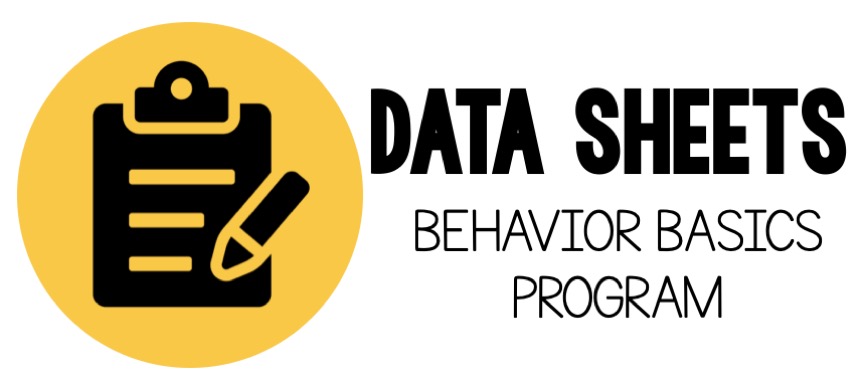
WHAT IS BEHAVIOR BASICS?
Behavior basics is a systematic program designed for schools that focusing on social emotional learning (SEL). Behavior Basics was designed to help teach students the basics of behavior and to teach students the skills necessary to become a successful student in all settings. It is a comprehensive year-long curriculum that includes 60 different behavior lessons. Each behavior is it’s own week-long lesson and can be taught in any order to meet the needs of the students. The Behavior Basics Overview is provided for free below to share with administrators and parents.
Social emotional learning (SEL) is how people learn to understand and manage emotions and empathy, establish and maintain positive relationships and learn to make smart decisions. Social emotional learning in the classroom can help teach students the techniques needed to do these things on their own across all settings.
WHAT IS THE DATA BUNDLE?
This Behavior Basics Data Bundle is designed to help create, implement and track progress of various behavior goals. Included in this bundle is 60 products/behavior data bundles!
This is a stand alone product. You do not need to purchase the Behavior Basics Curriculum or Behavior Basics Book Club to use this. This is a data component which includes IEP goals, data sheets, scoring rubrics and behavior logs. The behaviors align with the curriculum, however you do not need the curriculum to use the data component with your students.
IN EACH LESSON OF THE DATA BUNDLE YOU WILL RECEIVE:
EDITABLE FORMS ARE ALSO INCLUDED FOR YOU TO CREATE YOUR OWN IEP GOALS
WANT TO SEE MORE?
There are 60 behavior IEP goals and forms included. To see a detailed preview of each behavior data bundle, click each unit below:
HOW DOES THE DATA BUNDLE WORK?
The Behavior Basics Data Bundle helps educators implement IEP goals, track progress and communicate progress to all members of the IEP team. 60 Behavior IEP goals and data tracking tools are included in the bundle. Each IEP goal is sold separately and includes:
CREATE AN IEP GOAL
A measurable IEP goal and activity matrix is provided for staff. Provide opportunities for the student to demonstrate their knowledge of the behavior. Just because a student can articulate or verbalize the rules or expectations does not mean that they are able to follow them on their own. In order for students to be successful with the behavior, they need a lot of support, modeling, practice and support when generalizing the behavior into the “real world.” The activity guide will help you observe these behaviors as well as how to set up “natural scenarios” for the students to practice the behavior in a safe manner.
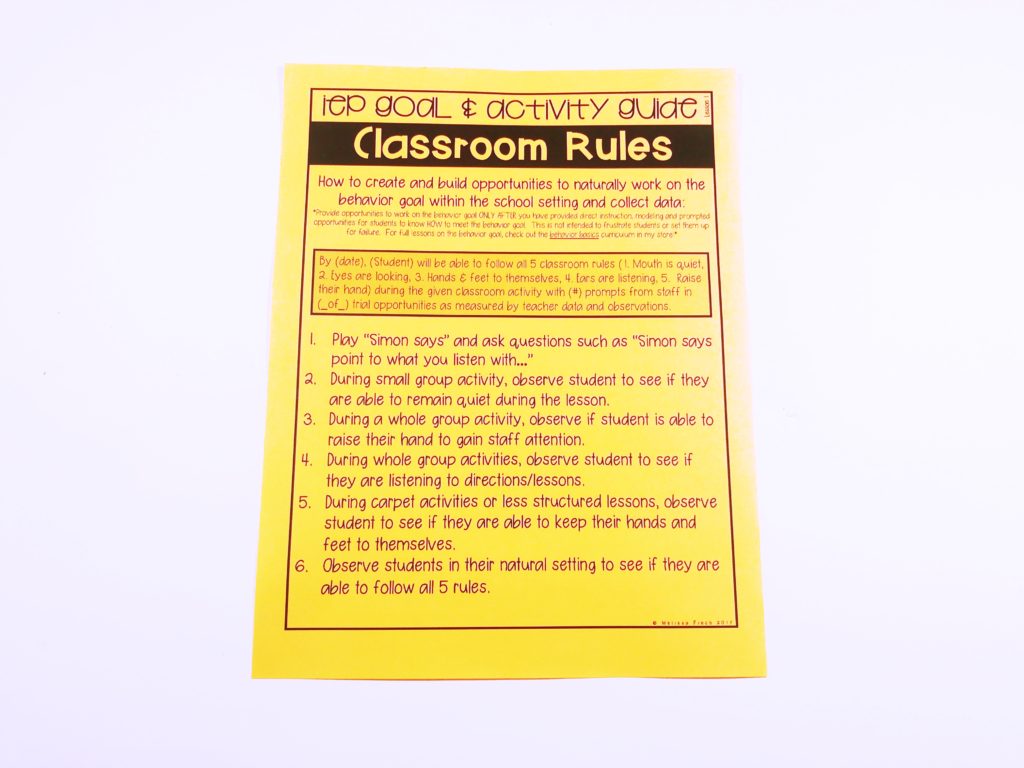
REVIEW THE RUBRIC
It’s simple. Data speaks to all members of the IEP team. Data will support you findings, your gut instincts and your experience with the student in the classroom. The scoring rubric has a score of 1-4 indicating the students performance towards meeting their behavior IEP goal. The scoring rubric CLEARLY states what justifies each score. This communicates clearly with the IEP team so that everyone is on the same page.
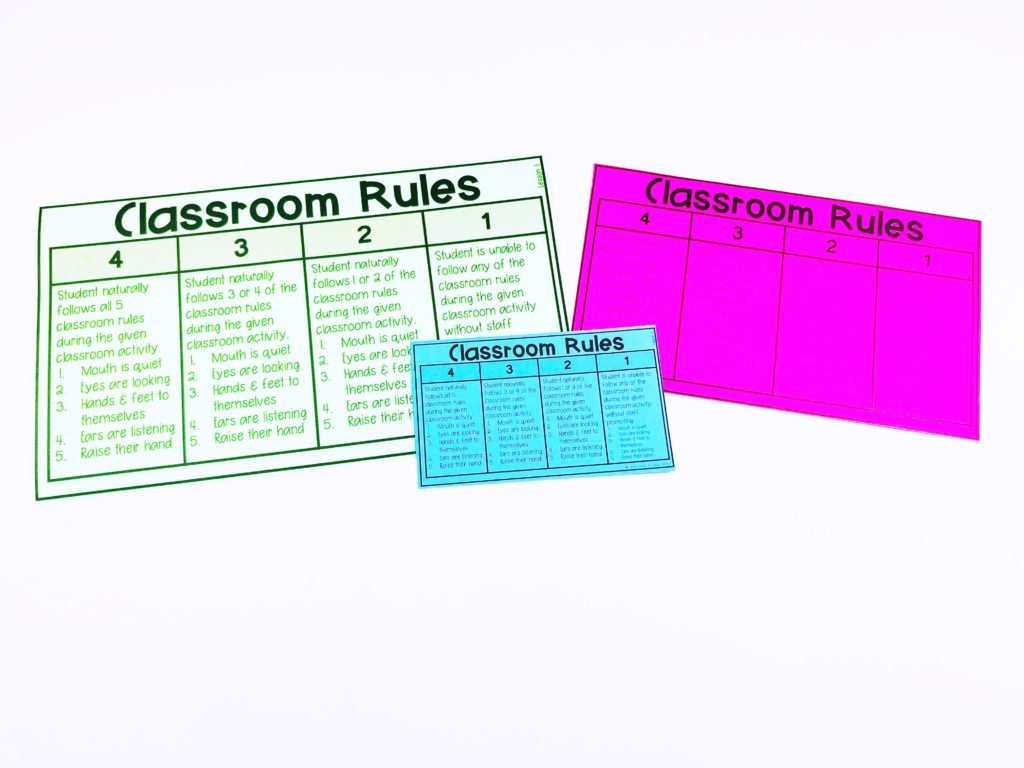
COLLECT DATA
Data sheets are included for easy documentation. Each data sheet has an IEP goal, scoring rubric, 25 data entry spots (with room for daily notes) as well as a graph to plot data for a quick view of the progress.
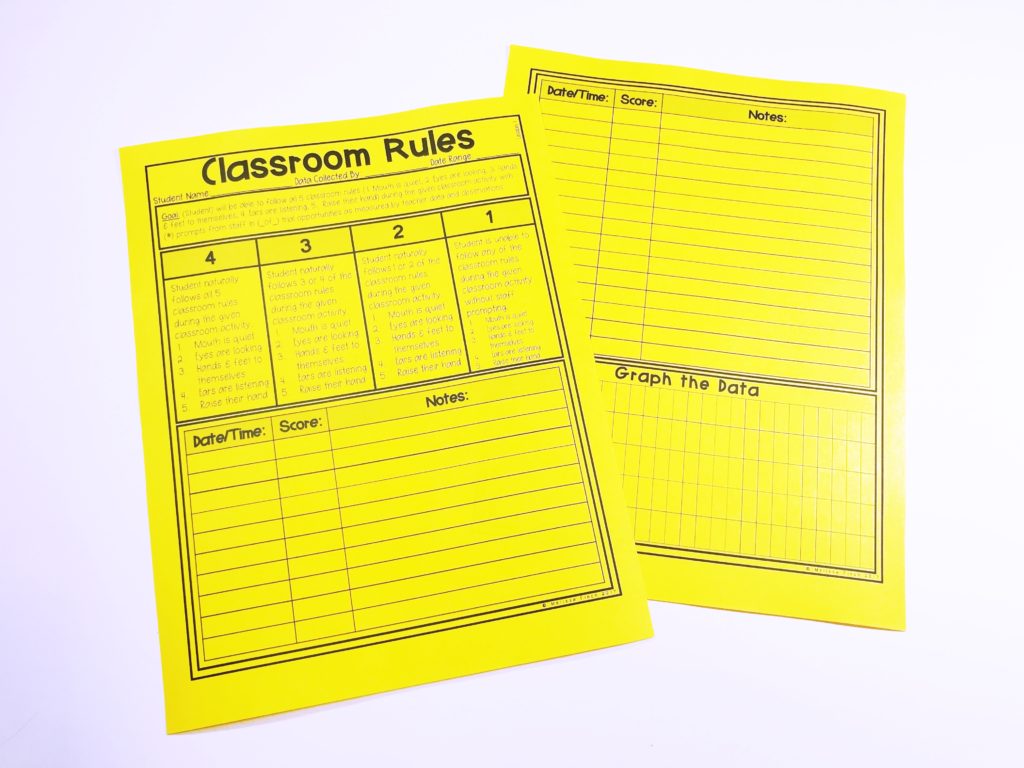
TAKE DATA. It will support you and your staff in the classroom. Data can help you document so that you are able to get the support you may need to best meet the needs of your students and classroom.
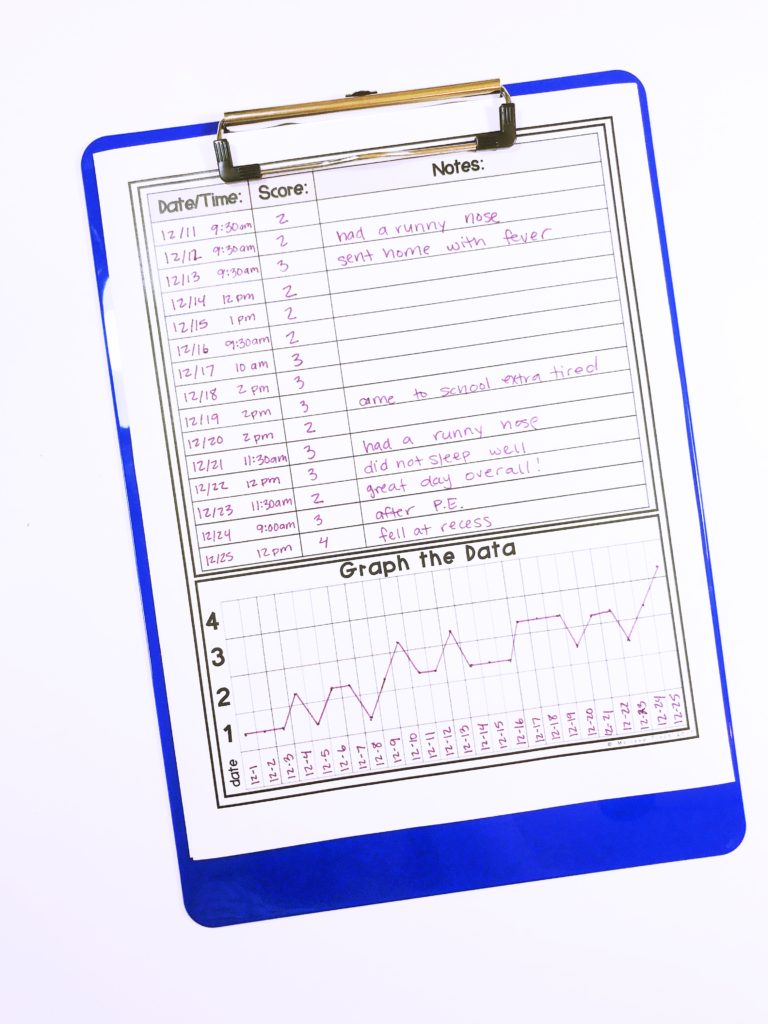
COMMUNICATE WITH BEHAVIOR REPORTS
You can take all the data in the world, but if you are not sharing your findings are you really helping the student? Behavior reports are included in a daily or weekly format to communicate with families. You can also use these forms to share with IEP team members or administration if needed! I would personally recommend making copies of these documents and filing away in the student file before sending out to families!
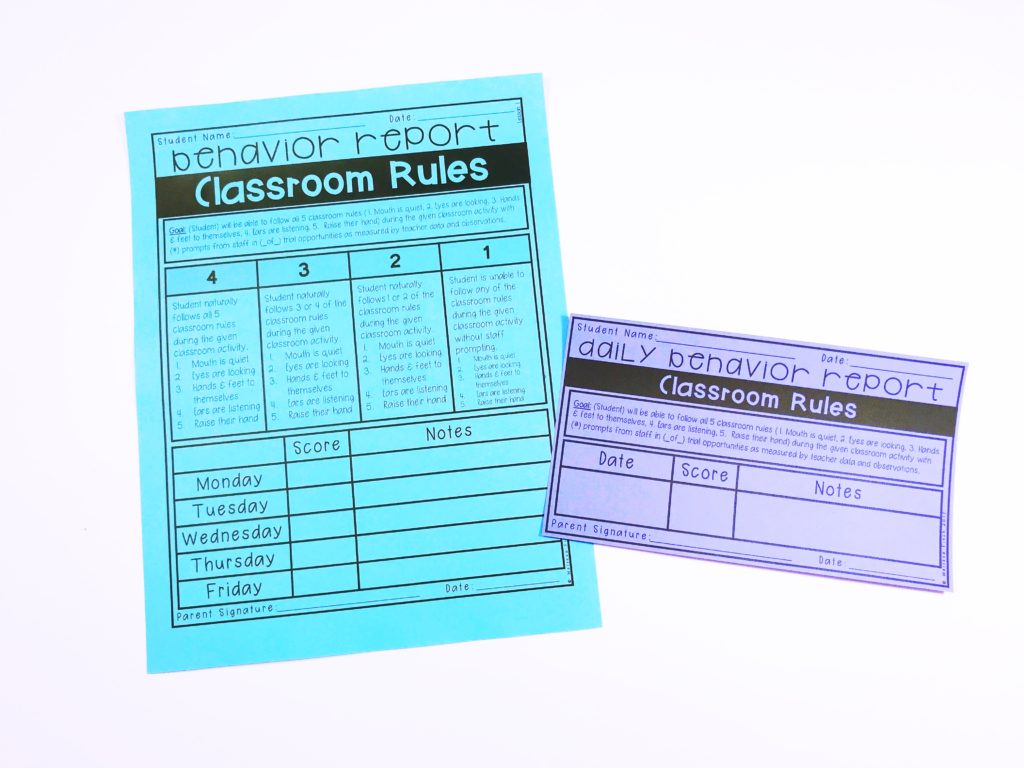
Repeat and revise as needed. Are students making progress? Is the instruction sufficient? Was the behavior goal appropriate? Have you seen a difference in the classroom? Continue on with data or revise as needed! Continue instructing students, collecting data and providing opportunities for practice until the behavior goal has been mastered!
WANT TO SEE MORE?
There are 60 behavior IEP goals and forms included. To see a detailed preview of each behavior, click each unit below:
